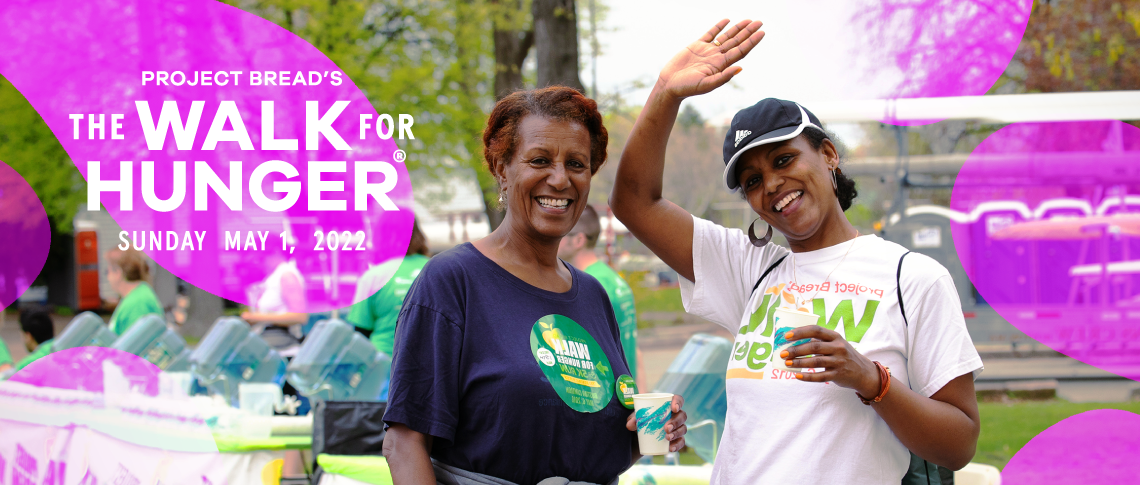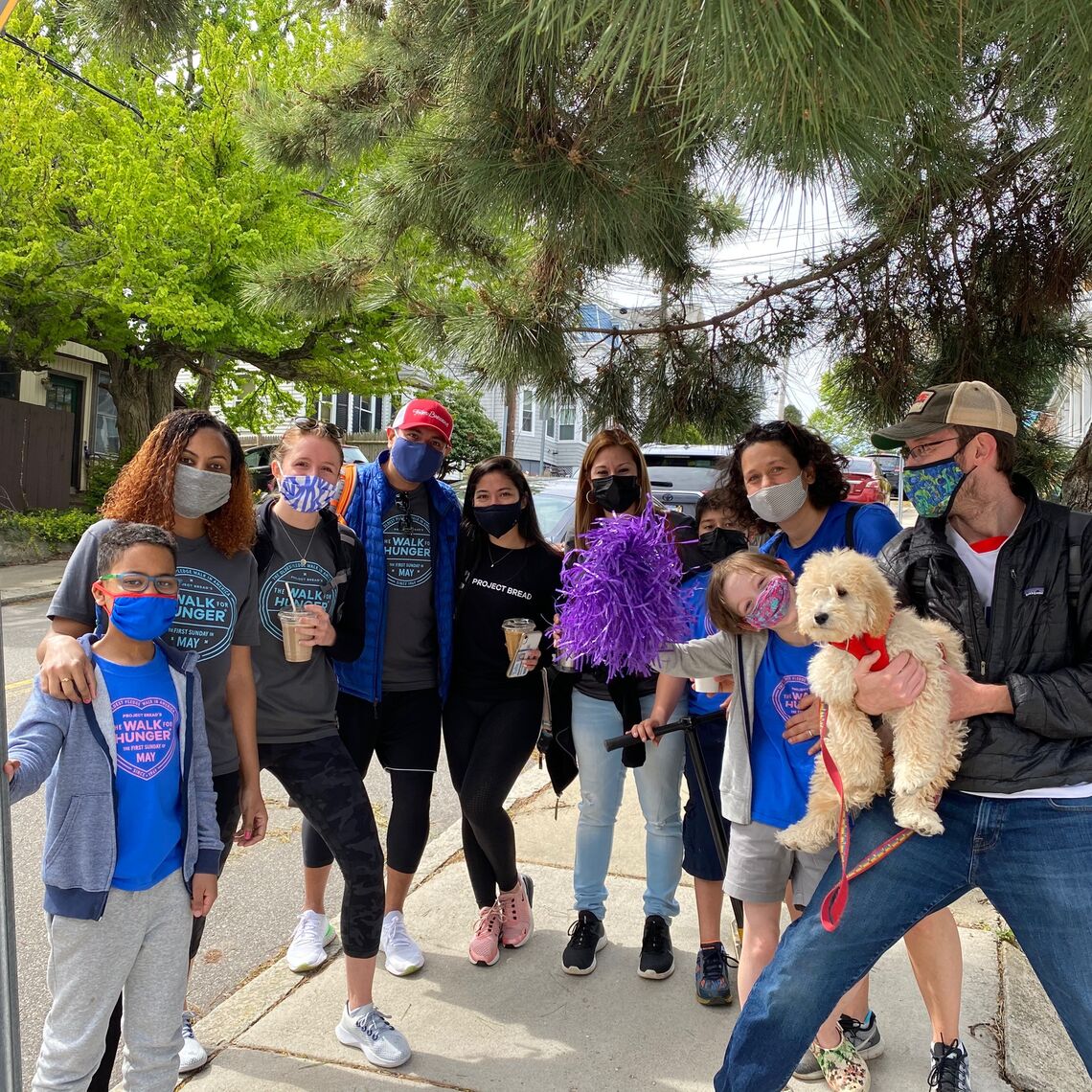Spring is in the air! As flowers bloom and we emerge from winter hibernation, so do new opportunities for nonprofit fundraisers.
With many COVID-19 restrictions now lifted, it can be difficult to gauge how best to navigate future events. Do you stay virtual, go back to in-person, or take a hybrid approach? What are the challenges and benefits associated with each route?

Here is what Alexa had to say:
AE: On Sunday, May 1, Project Bread will host the 54th annual Walk for Hunger. Historically, the one-day fundraising event was held on the Boston Common. Last year, your team transformed the nation’s oldest community pledge walk into a virtual fundraiser and raised more than $1 million, which you are replicating this year. How did you pull this off? Will you transition back to an in-person event in the future?
AD: It’s been a labor of love. We had to re-evaluate everything from the event budget, logistics and program-side of things to how we manage relationships and support new and returning walkers, donors and partners. It takes a lot of advance planning and organization. But, it’s definitely worth it! This year, we are keeping things virtual. In future years, we are looking to potentially host the event as a hybrid model.

AE: What are some of the challenges and opportunities for growth that come with this transition?
AD: With such a beloved community event, we definitely have folks who miss gathering in person and feeling the passion and camaraderie that comes with thousands of people of all ages and backgrounds uniting for a cause. Also, putting together a virtual Walk day program across our social media channels has its own technical challenges. However, hosting a virtual fundraiser has many benefits. We save money and time not having to secure permits and security detail, which can cost thousands, to host an event that spans five towns. And, we have the ability to engage more new donors and first-time participants across the state and nationwide who otherwise may not get involved due to accessibility issues associated with a time and day specific event in Boston.
AE: When does your work begin?
AD: Whether or not this event is held in-person or virtually, the work is 365 days a year. We start in August planning for the following May fundraiser. Certainly, the percentage of our attention and resources devoted to the Walk ebbs and flows throughout the year. In quieter months, the Walk is maybe 20 percent of my job. Now, Walk season is in full force.
AE: What is the secret sauce to success for engaging the next generation for good in this way?
AD: Get to know your participants and donors as people as opposed to the means of a transaction. At Project Bread, we work hard to understand the individuals, families, teams and organizations who support our work. We touch base with them throughout the calendar year to learn more about who they are, their motivation to join our mission and their Walk experiences. And we give them tools and resources along the way.
AE: With the pandemic came the birth of Do-It-Yourself event participants and philanthropists. How do Project Bread supporters adopt the Walk for Hunger as their own event?
AD: Each year, our Walk community continues to inspire us. People are finding creative ways to raise awareness and money to help those who need it most, from hosting virtual auctions, to doing family fitness challenges and co-worker relay races, to running alpaca photo booths and walking their own routes in their neighborhoods or even on treadmills in their basements. Their efforts speak to the potential we have as a community working together to drive change and that is a message that resonates with everyone.
AE: Why do you do this work?
AD: Fundraising isn’t just about what you are raising money to support, it’s also about the value add and positive impact for all the donors as well. This is collaborative work. And, knowing you are making a difference in communities statewide to ensure everyone has enough to eat, is icing on the cake.
And now, a shameless plug…
To register as a virtual participant for Project Bread’s Walk for Hunger, or to support a walker or team, visit projectbread.org/walk or call (617) 723-5000. There is no registration fee or fundraising minimum to participate, although a $250 minimum goal is suggested. Participants who raise $500 or more are recognized as Heart & Sole walkers and receive access to personalized fundraising support, exclusive event gear, and


